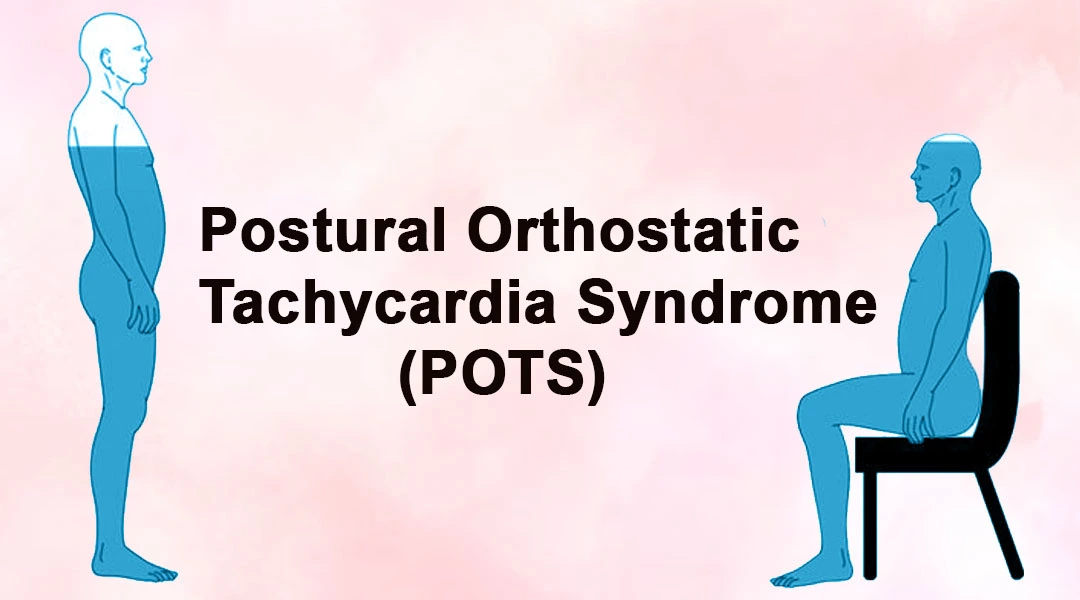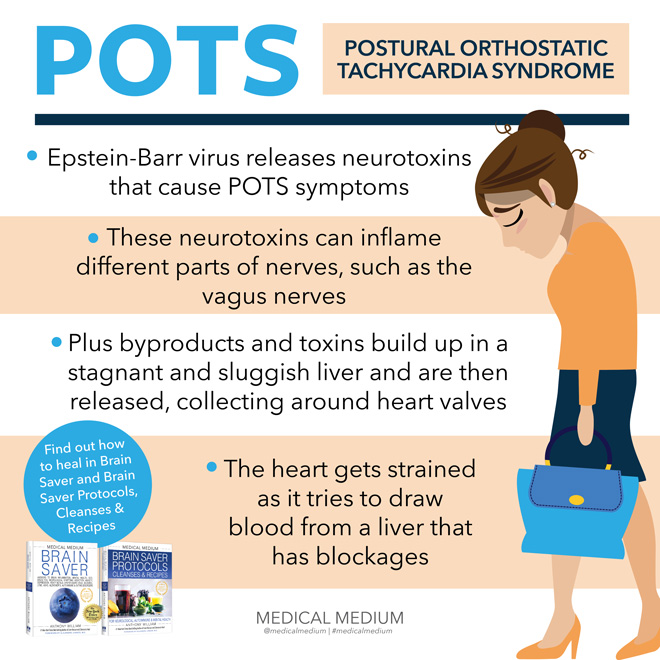Postural Orthostatic Tachycardia Syndrome (POTS) Guide & Info
Are you experiencing unexplained dizziness, fatigue, and rapid heart rate upon standing? You might be dealing with Postural Orthostatic Tachycardia Syndrome (POTS), a condition that significantly impacts daily life for many.
The medical landscape is constantly evolving, and with it, our understanding of complex conditions like Postural Orthostatic Tachycardia Syndrome (POTS). This condition, often overlooked or misdiagnosed, presents a significant challenge to those affected, impacting their ability to perform everyday tasks and enjoy a normal quality of life. The very nature of POTS makes diagnosis and management difficult, requiring a multi-faceted approach that considers both the physical and emotional aspects of the illness. While some individuals might dismiss initial symptoms as mere tiredness or stress, the reality of POTS can be far more debilitating. The effects of POTS can range from mild inconveniences to severe limitations, making it crucial to gain a comprehensive understanding of the condition and explore the various approaches available for managing it.
As we delve deeper, it's important to acknowledge the impact POTS has on daily living. Beyond the physical symptoms of lightheadedness and rapid heartbeat, POTS can bring with it a multitude of other issues: brain fog, chronic fatigue, and difficulty concentrating are just a few of the complaints that can make navigating routine activities a struggle. For many individuals, the unpredictability of symptoms creates a feeling of uncertainty and anxiety. The social and emotional toll of living with a chronic condition is often overlooked, adding to the challenges that POTS patients face. From an economic perspective, the limitations in work and social activities can be considerable.
In the medical world, investigations into the causes of loss of consciousness often center on the impact of low blood pressure. This includes the consideration of excessive medication and abnormalities of the nervous system, specifically those connected with autonomic insufficiency. Similarly, Postural Orthostatic Tachycardia Syndrome (POTS) is under scrutiny for the role it may play. Simultaneously, other neurological causes of syncope, such as seizures or strokes, are important considerations in the diagnostic process.
While the exploration of medical devices designed specifically for POTS has yielded few definitive results at this stage, this does not reflect the lack of progress in treating the condition, it highlights the complexity of the medical landscape and the challenges inherent in developing and testing devices for a condition that can be triggered by a myriad of factors. This can make the work of finding the right tools and the right support a challenge.
Understanding the complexities of POTS often involves examining the work of medical professionals who are dedicated to understanding and treating this condition. Dr. David Kem, from the University of Oklahoma, is one investigator involved in exploring the application of vagus nerve stimulation as a treatment for POTS. Their commitment to researching the condition is a significant step forward in understanding and managing it.
The work of investigators extends to addressing symptoms in patients of all ages, including the symptoms that are seen in adolescents. Dr. Julian Stewart, from the Department of Pediatrics at New York Medical College, made considerable strides to determine the nature of autonomic and vasomotor changes in adolescent patients with orthostatic tachycardia associated with Chronic Fatigue Syndrome (CFS) and POTS. His work, published in the journal Pediatric Research in August 2000, offers a valuable window into the way this condition affects young people.
One such research endeavor seeks to understand the sleep quality and fatigue complaints of adolescent orthostatic intolerance (OI) and POTS patients. This work, by objectively measuring sleep duration and timing with actigraphy, helps improve our understanding of this debilitating set of symptoms that can significantly impact quality of life. The importance of comprehensive care and understanding the nuances of POTS cannot be overstated.
The characteristics that define POTS are quite specific, and can be categorized by a few key symptoms. This condition is classified by two specific factors. Firstly, there is a specific group of symptoms that frequently occur when standing upright. Secondly, a significant increase in heart rate is measured when transitioning from a horizontal to a standing position, or tested on a tilt table, of at least 30 beats per minute in adults. The heart rate increase is even higher in adolescents. The heart rate increase must be at least 40 beats per minute for that group.
For those seeking information on POTS or dysautonomia, starting with reputable sources is a good start. This allows for a deeper understanding of what is often misunderstood and the steps that can be taken to manage it. A proper diagnosis, and ultimately a long-term strategy for managing symptoms, can provide a significant difference in the ability of someone to enjoy a full, rewarding life.
The impact of POTS is not only limited to a particular time and place in an individual's life. It is a continuing challenge, with some people learning to manage their symptoms, over a period of many years. The experiences of patients can offer insight and guidance for those who are newly diagnosed or struggling with the condition. It is an opportunity for those with POTS to learn and adapt.
The challenges associated with POTS are multifaceted. It is crucial to remember that you are not alone. The journey of living with POTS is best undertaken with knowledge, support, and a commitment to finding the strategies that work best for you.
Medical research is constantly striving to refine our understanding of conditions like POTS, and to bring relief to those who suffer from these debilitating conditions. Through diligent research, professional medical guidance, and patient advocacy, we can make great strides in finding effective approaches to the condition.
Key Points to Remember about Postural Orthostatic Tachycardia Syndrome (POTS)
Postural Orthostatic Tachycardia Syndrome, also known as POTS, is when the body is unable to properly adjust to being in an upright position.



Detail Author:
- Name : Deanna Volkman
- Email : bahringer.oswaldo@hotmail.com
- Birthdate : 1995-10-19
- Address : 914 Favian Park Suite 586 South Chaya, MI 84290-8495
- Phone : 907.642.1235
- Company : Jones-Smitham
- Job : Grounds Maintenance Worker
- Bio : Repellat corrupti sed magnam deleniti et tempora aut. Non et molestiae voluptas magnam. Earum odio veniam dignissimos placeat et.